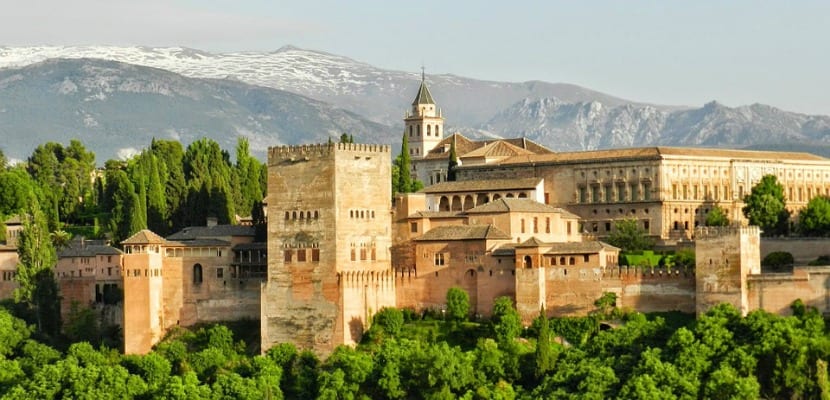
The Alhambra of Granada
At the end of 2016 Granada was chosen as the most beautiful city in Spain in a contest organized on social networks. It was emphatically imposed on several localities as it is a privileged tourist destination that offers many possibilities from the gastronomic, cultural and sports point of view to the tourist who visits it.
Just as Paris has its icon in the Eiffel Tower, the emblem of Granada is its marvelous Alhambra. An impressive fortress that causes admiration to all who contemplate it. In this way, the Alhambra is one of those places that you have to visit at least once in your life.
If you are lucky enough to travel to Granada during the month of May, you will have the opportunity to see the Torre de la Cautiva in an exceptional way, which is normally closed to the public for conservation reasons. But what is the Tower of the Captive?
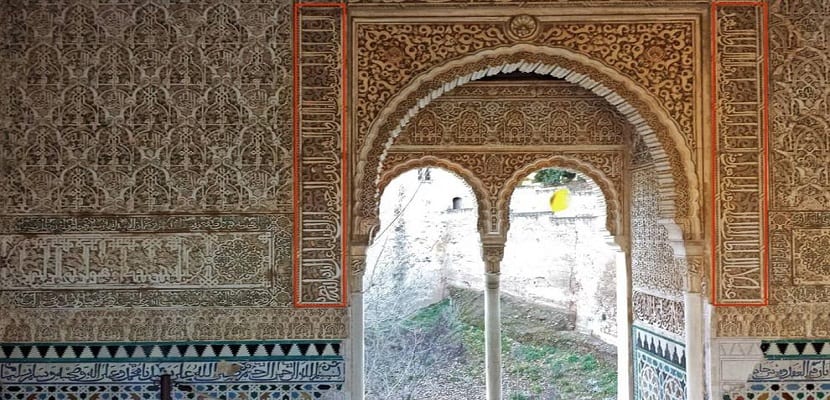
Captive Tower | Navarra Newspaper Image
It is a residential tower built at the end of the XNUMXth century that houses one of the most spectacular spaces in the entire fortress.. Located in the round canine of the wall, in the XNUMXth century it was known as the Torre de la Ladrona y la Sultana although later the name was changed to Torre de la Cautiva because it was thought that Doña Isabel de Solís, a Christian lady who was kidnapped by Sultan Muley Hacen and who after converting to Islam under the name of Zoraida, was taken as his wife by the monarch and made his favorite.
However, as recounted by the Board of the Alhambra and the Generalife, this place is also known as qalahurra in an epigraphic poem that appears inside its main room. The inscriptions on the walls reveal its defensive importance within the Alhambra in Granada and its character as a tower-palace of great beauty.
From the outside, the Torre de la Cautiva hardly differs from the rest of the towers of the Alhambra. However, its rich interior decoration makes it one of the most astonishing rooms in the complex. In fact, the Torre de la Cautiva treasures together with the Comares Hall of the most complex decoration of the Nasrid fortress.
Characteristics of the Torre de la Cautiva
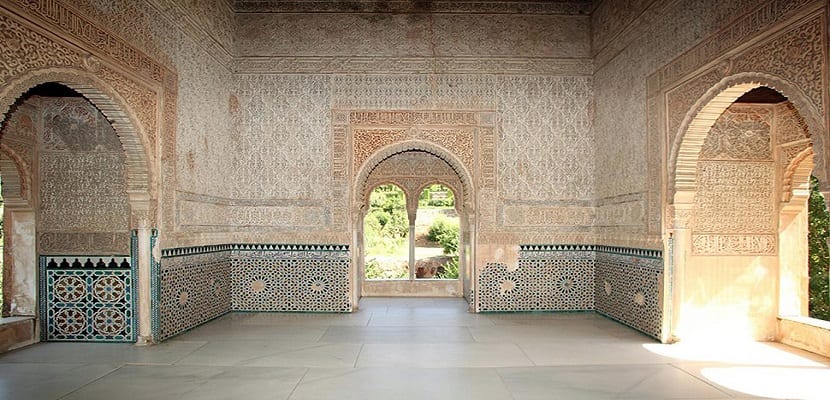
Inside Torre de la Cautiva | Image Now Granada
It was Sultan Yúsuf I (1333-1354) who ordered it to be built like other buildings that make up the Alhambra in Granada such as the Palacio de Comares or the Puertas de la Justicia y de los Siete Suelos. The architectural structure of the Torre de la Cautiva and its decorative composition represents the greatest moment of purity in Nasrid art.
The tiling of the skirting boards is one of its most relevant elements, with pieces of different shades. Among the colors, purple stands out, whose use in architectural ceramics is considered very unique. The tiled epigraphic cartouche that runs along the upper part of the baseboards also stands out. The text is a poem by the grand vizier Ibn al-Yayyab, predecessor and teacher of Ibn al-Khatib, another grand vizier of the dynasty.
How do you get to the Torre de la Cautiva?
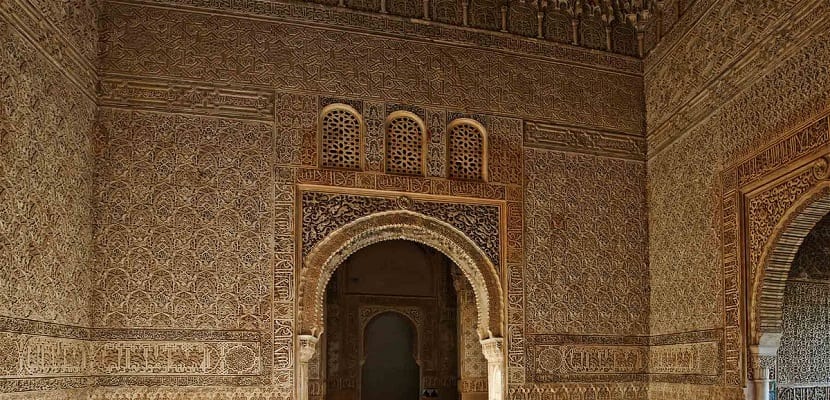
Image via Traveler
The ground floor is entered through a passage that leads the visitor to a patio with galleries opened by banked arches scalloped on three of its sides with imposts of muqarnas. This patio communicates with a room through a double arch of muqarnas, which has a XNUMXth century coffered ceiling and dressing rooms with balconies to the outside.
When and how can you visit the Torre de la Cautiva?
The Torre de la Cautiva will open every Tuesday, Wednesday, Thursday and Sunday in May and can be accessed with the general entrance to the Alhambra.
Knowing the Alhambra in Granada
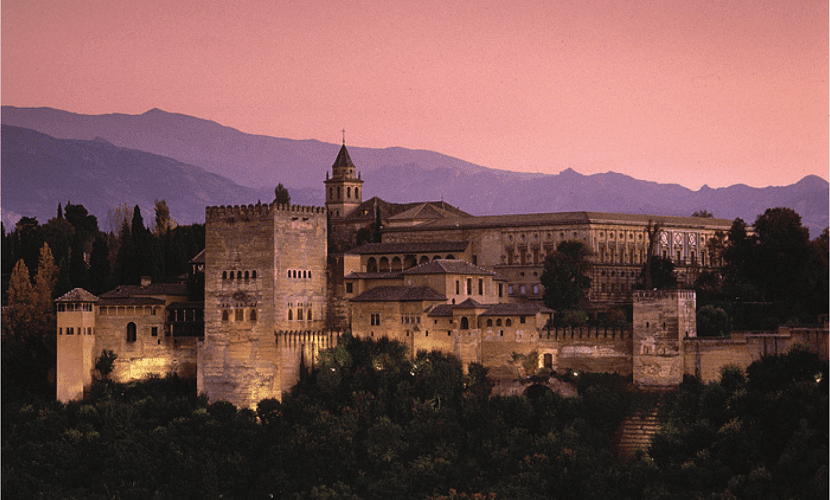
If Granada is known worldwide for something, it is for The Alhambra. This Spanish architectural jewel was built between the 1870th and XNUMXth centuries in times of the Nasrid kingdom as a palatine city and military fortress, but it was also a Christian Royal House until it was declared a monument in XNUMX. In this way, the Alhambra became a tourist attraction of such relevance that it was even proposed for the New Seven Wonders of the World.
In Spanish 'alhambra' means 'red fortress' due to the reddish hue that the building acquired when the sun shone at sunset. The Alhambra in Granada is located on the Sabika hill, between the Darro and Genil river basins. This type of elevated city locations respond to a defensive and geopolitical decision very in line with the medieval mentality.
The Alcazaba, the Royal House, the Palace of Carlos V and the Patio de los Leones are some of the most popular areas of the Alhambra. So are the Generalife Gardens that are located on the Cerro del Sol hill. The most beautiful and attractive thing about these gardens is the interplay between light, water and lush vegetation.
Without a doubt, The Alhambra occupies a privileged place, where its architectural values combine and fit perfectly with the surrounding landscape. To better appreciate it, it is advisable to go to the Albaicín neighborhood (Mirador de San Nicolás) or the Sacromonte.